Military Fitness – Part 11

Running from what?
Let’s face it, for years the military has had an almost pathological obsession with distance running. No one can explain where it came from and no one can give you a good reason why millions of soldiers, sailors and airmen the world over think that by pounding out 5k runs that they’ll magically develop the type of fitness that’s going to save their butts in combat.
The reality is that steady-state aerobic training is one of the worst things that military personnel can do to prepare for real-life and combat situations. Any moderate to long-distance aerobic workouts suffer from several problems and, in this article, I’m going to outline those problems and offer some suggestions as to how your cardio training can be modified to greatly improve its relevance to operational fitness.
The problems of steady-state cardio
- Any form of repetitive cardio carried out at relatively constant intensity lacks functionality. Apart from pack marching, virtually all other military-fitness activities revolve around repeated bursts of high-intensity exercise with short breaks between efforts – and steady-state cardio is a very poor way to train for this type of work.
- Running on hard surfaces can cause injuries such as stress fractures and shin splints. Some people cope well with distance running but many people don’t and, if you make road running the foundation of your cardio conditioning, the chances are that at some stage you’ll end up with an over-use injury.
- Steady-state cardio is a waste of precious training time. If you run for 30 minutes you only get better at running, but military fitness has many dimensions and these are often neglected with programs that focus on running.
- Many people find steady-state cardio boring (it is!) and thus fail to do enough to improve their fitness.
- Research indicates that steady-state cardio is not the most efficient way to develop aerobic capacity and also does little to improve anaerobic tolerance, which is a critical component of military fitness.
So, what can be done to make running and other cardio activities relevant to military fitness?
The answer turns out to be very simple. All you have to do is manipulate the way cardio sessions are planned into routines and then carried out so that training effect is maximised and time wastage minimised.
The vast majority of running workouts and programs can be greatly improved through a few simple steps.
- Reduce the number of runs and only do one run of more than 5km a week.
- Apart from one long run a week, make all running sessions interval work in various formats.
- Do as much of your running as possible on grass.
- Add variety and challenge to your running sessions by doing stairs, hill sprints and sprints with a weight vest.
Better yet, replace your dependence on running with a program that includes various other modes of cardio conditioning. Outside, you can use kettlebells or strongman training to develop speed, strength and power, all while still taking care of your aerobic and anaerobic fitness.
In the gym, the most under-used piece of cardio equipment is the rower. When done properly, rowing workouts are extremely effective and have the added benefit of giving your body a break from the impact of running. Rowing is so intense that a workout as short as four minutes added to the end of your gym program can be as effective as 30 minutes of riding a bike or pounding a treadmill!
Follow these basic tips and then try a few of the workouts listed below at the end of your regular gym program.
Rowing tips
- Try to find a gym that has a ‘Concept 2’ brand rower. They are the world standard. If possible, find the owner’s manual and learn to set up the computer for interval workouts.
- Set the resistance to about
4–6. Jacking it up to 10 doesn’t give you a better workout! - Focus on long, powerful strokes and drive with the legs. Good rowers go faster by driving harder, not by doing 60 strokes a minute.
- Drive with the legs, followed by the back, then finish with the arms.
Rowing workouts
Tabata rowing – set the rower (or use another clock) for 20 seconds of effort followed by 10 seconds of rest. Row as hard as possible for 20 seconds and rest for 10. Repeat eight times for a 4-minute workout. If you have worked as hard as possible during each interval you’ll understand that cardio doesn’t have to be long to be effective.
500m repeats – just like repeated 400m runs, doing 500m rowing intervals with a
1-minute break is great functional cardio. Aim to complete four to six intervals in less than 1min 45sec each.
Two x 1000m with 4 minutes rest – row 1000m as fast as possible and then, after resting, try to match it. Aim to complete each 1000m in under 3min 30sec.
2000m – the gold standard of rowing workouts. This takes a bit of pacing because going too hard in the first 500m leads to oxygen debt and a very painful last 500m. Start conservatively and ramp it up at the end. If you can do better than 7min you are in fairly good shape.
.
.
.
.
.

.
.

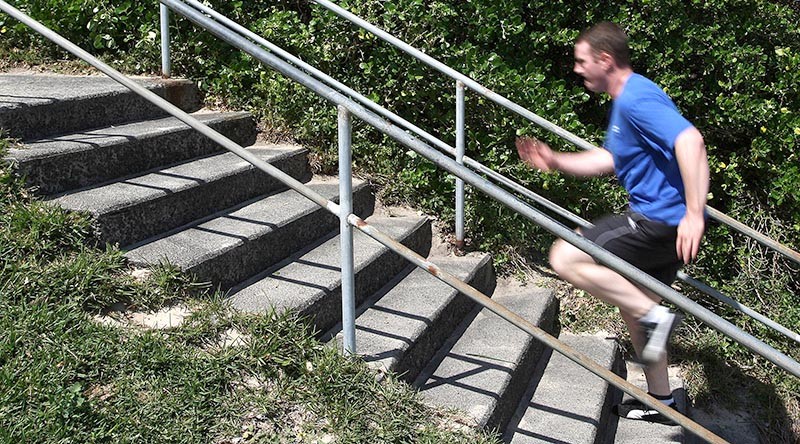
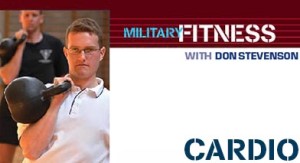


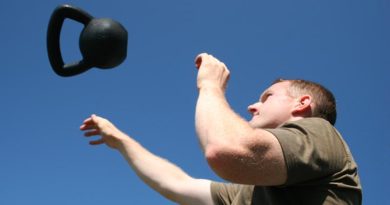
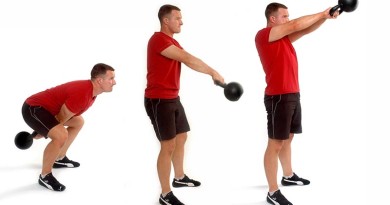
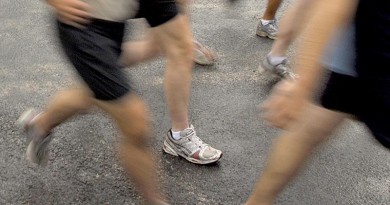
Many thanks for this breakdown. As an experienced cross fitter, ultra marathon runner, and 3x black belt holder this only again confirms my convictions that the old mind sets that somehow still prevails in measuring basic fitness entry standards and ongoing military fitness for recruits and general entry personnel.
When will PT’s and senior NCO’s begin to influence policy around this? That building a comprehensive training schedule that not only builds aerobic but anaerobic as-well will provide that individual a far greater capacity in half the time. Yep, I get it and I’ve been there, that standards must prevail, but that isn’t the question here, the fact is that far too many people are short circuiting careers or delaying training progress because of injuries associated with an out-dated training and development methodology both during the early stages and during service.
I genuinely think that (Special Forces) SF have got it right here, that by adopting a robust fundamental, complete approach in teaching the individual the importance of good technique and rigorous disciplines outside of the normal or preferred will have the great impact on the body as well the mind.